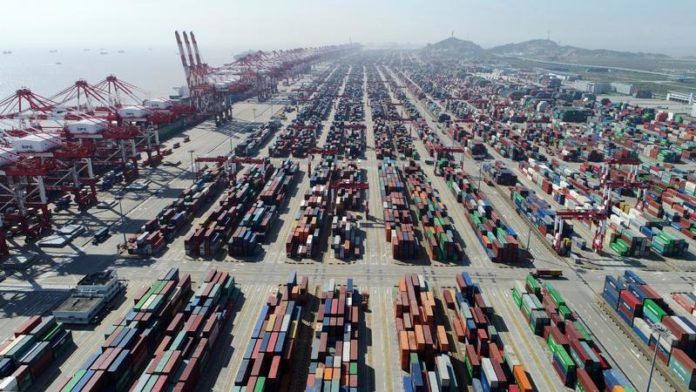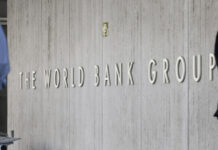
GLENCORE CEO, Ivan Glasenberg, made some telling comments recently on a possible work life for himself once he leaves the Swiss miner and minerals marketing he’s run with iron clad hand for the last 20 years.
“When I leave here I want to go into a totally different business where the business drives the multiples, and not the market,” he said at the Financial Times Commodities Mining Summit in October.
Glasenberg has been preparing for his exit from Glencore for a year at least. When he does step down, he’ll be the last of the so-called ‘Billionaires Club’ – the executives who helped bring Glencore to the London Stock Exchange in May, 2011 and became fabulously rich as a result.
Notwithstanding this, mining has its limitations – principally the fact that exogenous factors influence market valuations. Mining firms are price-takers, for instance; they are also affected by pulses in economies such as China.
Thankfully for mining firms, the Chinese economy has performed a remarkable recovery in the months after the Covid-19 pandemic infected developed economies. “It’s been identical to the 2008 crisis: the world stopped but China kicked in,” said Glasenberg. “Whatever we’re losing in the western world, China is making up.”
Diamond sales were 10% to 15% higher year-on-year, according to Mark Cutifani, CEO of Anglo American – a sure sign consumer markets in China had recovered, he said. “It’s been remarkable and a very good sign,” he said.
These comments, by two of the world’s largest mining firms by value, echo the comments of investment analysts who think the mining sector dodged a bullet post the first surge of Covid-19 disease.
Commenting prior to third quarter production numbers from mining firms, BMO Capital Markets said it was looking forward to a more sedate period. “After a volatile year and with the backdrop of the US general election midway through the reporting period, we think a ‘boring’ or slightly positive forward-looking earnings season will be welcome,” it said.
And so it has proved, at least so far. Bank of America Merrill Lynch describe Anglo American’s third quarter numbers in terms of “… the worst is over”.
Attendees at LME Week commented on the ‘normalisation’ of copper demand. The effect was to push the copper price to highs of $7,000 per ton. Copper is viewed as an important bellwether for all metals in the mining complex.
According to Morgan Stanley, in a note titled ‘Copper zooms ahead’: “… copper’s market fundamentals remain broadly supportive of a high copper price – featuring low inventories, a market deficit that persists through 2021, recovering end-use markets and heightened supply risk”.
The possibility of supply risk, however, remains a real one. Cutifani said Anglo had lost three months in development at its $5.3bn Quellaveco copper development in Peru as a result of a Covid-19 shutdown in March. It cut capital costs $1.5bn as part of its response to Covid-19, including $300m from the three-month shutdown.
Cutifani said at the FT conference the group was likely to be relatively unscathed by the delay: it was already three months ahead of schedule so now it was ‘on time’.
It’s not a view entirely supported, at least by his rival Glasenberg who commented (in jest, one supposes): “Maybe I’ll hang around a bit longer, just to see if Mark is able to develop Quellaveco on time.” The project, which is slated to produce some 300,000 tons a year of copper, is timetabled for first production in 2022.











